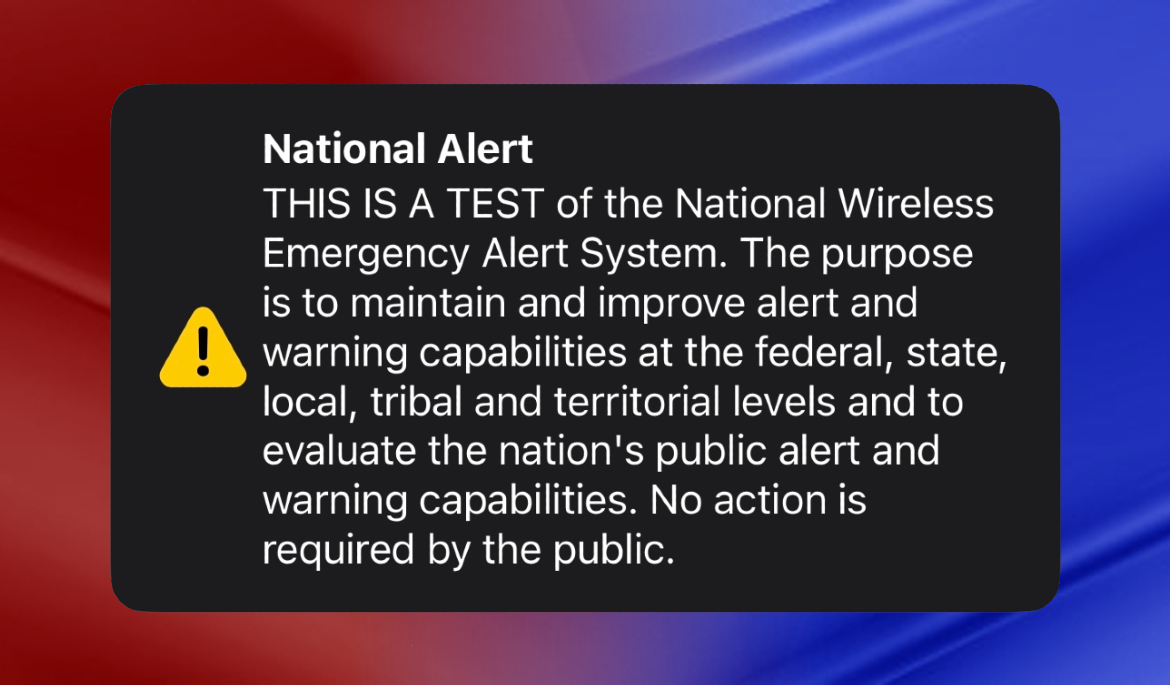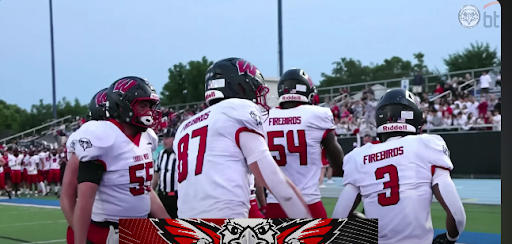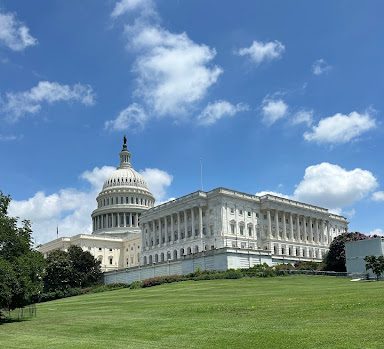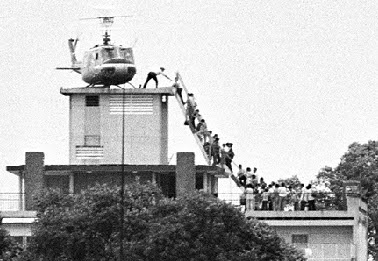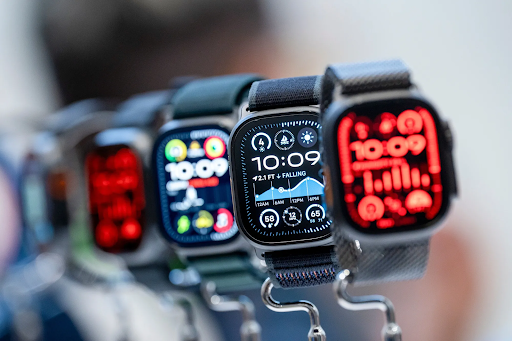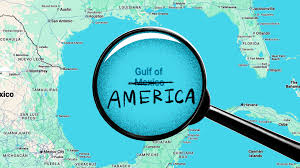As the clock struck 2 p.m. on Wednesday, October 4th, hundreds of millions of phones prepared to light up and make a loud, buzzing noise. This was part of an effort required by the Federal Emergency Management Agency (FEMA) to be carried out with the help of the Federal Communication Commission (FCC). They would use their nationwide control of radio signals and cellular devices to send a notification reading “THIS IS A TEST of the National Wireless Emergency Alert System…No action is required by the public.”
Sent out through two systems, cell phones would receive a notification through WEA connections, while televisions and radios would receive communications through EAS broadcasting. Phones would either be read in English or Spanish, depending on the presets the owner of the phone had on it. The purpose of the test was to see an effective way of communicating with critical parts of the United States, in case of a national emergency.
FEMA made a statement regarding the results of the test later on Wednesday, saying that “Final determination of population reach for the EAS test will come from data collected by the EAS Test Reporting System…results could take approximately four months.”
The alert, which sounded from all sides of the country regardless of their time zones, occurred right around 2:18 ET, two full minutes before the test was broadcast to go off. This left many people raising their voices on social media, claiming that if the government was going to interrupt people’s day without many ways to avoid it, then they should stick to the advertised time they pushed out.
FEMA went on to explain that the two-minute break had been planned from the start, but there seemed to be “a miscommunication”, as Antwane Johnson, the deputy assistant administrator for FEMA’ said while speaking with USA Today.
At the same time the alert went off, The White House was broadcasting a public briefing on the current status of Ukraine. While waiting for the time to pass, White House Press Secretary Karine Jean-Pierre remarked, “There you go, it works.”
This test marked the 7th time a national alert had been sent out, and the 2nd time cell phones received any notifications regarding it. The alert system was put in place in 2011 and was used in 2021, prior to the most recent testing earlier this month. FEMA also had a backup date for the program, held one week later on the 11th of October, in case of “widespread severe weather or other significant events.”

